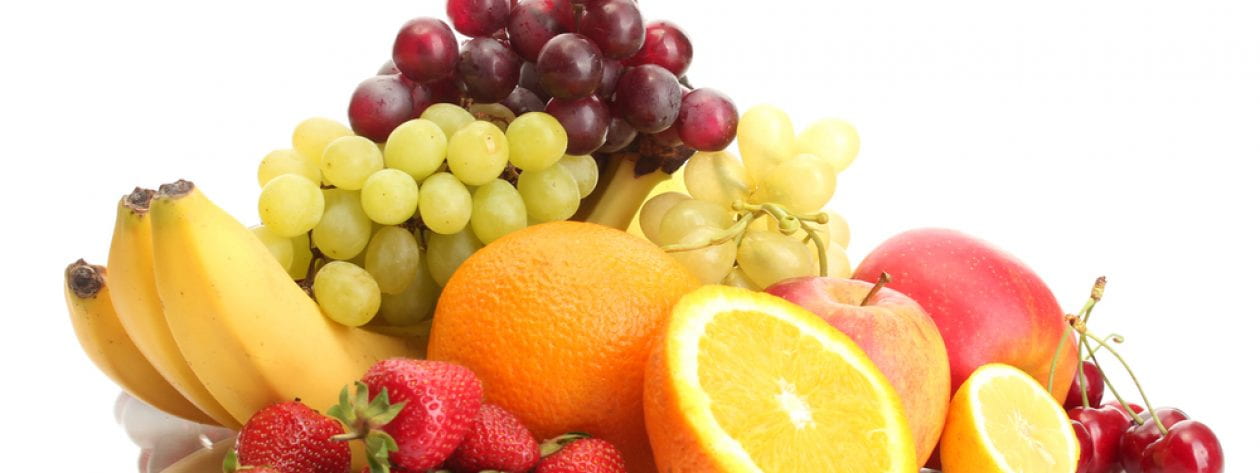Its 7:45 a.m. and you’re already running late for your 8 o’clock class, but you NEED your coffee. You run into the HUB and find the Starbucks line is just too long for you to wait. So, you skip out on your coffee for the morning and just head to class. You figure you’ll just miss out on your caffeine for the day, but what else are you actually missing out on?
For a very long time, coffee has had a bad reputation, but recently, that narrative is changing. Today, fifty-four percent of adults (18+) drink coffee, and it is a huge part of college culture. But is this necessarily a bad thing?
Recent studies show that there may actually be many health benefits associated with coffee:
So, maybe all that coffee you drink on a daily basis isn’t so bad after all! Unfortunately, there is a catch. All of these studies are based on subjects who drank black coffee. Yes, that means no sugar, milk, half and half, syrup, whipped cream, you name it. If you go Starbucks and order a Pumpkin Spice Latte every day, then the amount of added sugar you are consuming may cancel out some of the potential health benefits. Here are some tips on how to make your Starbucks order healthier, straight from the baristas themselves:
- Ask for the light version for at least 33% percent fewer calories
- Try a sugar substitute
- Ask for fewer pumps or no syrup
- Ask for a sugar-free syrup for fewer calories with the same amount of flavor
- Order a smaller sized drink
- Ask for less or no whip to save 80-110 extra calories
- Request nonfat or soy milk
And don’t forget, National Coffee Day is September 29th! So go grab that coffee and enjoy it, because that cup of coffee loves you right back!
Resources:
Ding, MS, Ming, Shilpa N. Bhupathiraju, PhD, Ambika Satija, BA, Rob M. Van Dam, PhD, and Frank B. Hu, MD, PhD. “Long-Term Coffee Consumption and Risk of Cardiovascular Disease.” Long-Term Coffee Consumption and Risk of Cardiovascular Disease. American Heart Association, 7 Nov. 2013. Web. 08 June 2016. <http://circ.ahajournals.org/content/129/6/643.long?version=meter%2Bat%2Bnull&module=meter-Links&pgtype=article&contentId=&mediaId=&referrer=https%3A%2F%2Fwww.google.com%2F&priority=true&action=click&contentCollection=meter-links-click>.
Jiang X1, Zhang D, Jiang W. “Coffee and Caffeine Intake and Incidence of Type 2 Diabetes Mellitus: A Meta-analysis of Prospective Studies.” PubMed.gov. NCBI, Feb. 2014. Web. 8 June 2016. <http://www.ncbi.nlm.nih.gov/pubmed/24150256>.
Lieberman HR1, Tharion WJ, Shukitt-Hale B, Speckman KL, Tulley R. “Result Filters.” National Center for Biotechnology Information. U.S. National Library of Medicine, Nov. 2002. Web. 08 June 2016. <http://www.ncbi.nlm.nih.gov/pubmed/12424548>.
“Part D. Chapter 5: Food Sustainability and Safety – Continued.”Health.gov. ODPHP, n.d. Web. 08 June 2016. <http://health.gov/dietaryguidelines/2015-scientific-report/10-chapter-5/d5-4.asp>.
Van Dam RM1, Hu FB. “Coffee Consumption and Risk of Type 2 Diabetes: A Systematic Review.” National Center for Biotechnology Information. U.S. National Library of Medicine, July 2005. Web. 08 June 2016. <http://www.ncbi.nlm.nih.gov/pubmed/15998896>.
Yoshihiro Kokubo, MD, PhD, FAHA; Hiroyasu Iso, MD, PhD; Isao Saito, MD, PhD; Kazumasa Yamagishi, MD, PhD; Hiroshi Yatsuya, MD, PhD; Junko Ishihara, PhD; Manami Inoue, MD, PhD; Shoichiro Tsugane, MD, PhD. “The Impact of Green Tea and Coffee Consumption on the Reduced Risk of Stroke Incidence in Japanese Population.” The Impact of Green Tea and Coffee Consumption on the Reduced Risk of Stroke Incidence in Japanese Population. American Heart


